テルマエ・ロマエよりみた日本の風呂 日本の菖蒲湯を探訪しよう
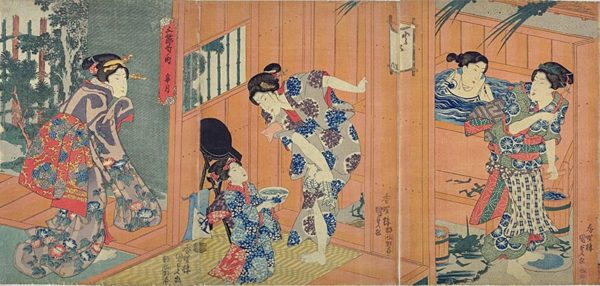
2012年に公開された阿部寛主演の映画『テルマエ・ロマエ』。
この映画で日本の風呂文化が紹介されていました。
古代ローマの浴場設計技師リシウスは日本の銭湯にタイムスリップ。かなり衝撃的ですね!
そこで得た情報を生かし、古代ローマの浴場開発に取り組むというストーリーです。
The movie “Thermae Romae” starring Abe Hiroshi, released in 2012.
The Japanese bath culture was introduced in this film.
Ancient Roman bath designer Risius slipped to a Japanese bathhouse.
It is a story that he will work on the development of ancient Roman baths by making use of the information obtained there.
日本のお風呂文化をローマ人の目線で描くことによって、改めてその良さがわかりますね!
今日は日本のお風呂文化について紹介します。
By drawing Japanese bath culture from the perspective of the Romans, you can see its goodness again!
Today I will introduce Japanese bath culture.
お風呂は単にお湯を入れるだけでなく、様々なアレンジがされてきました。
その中で有名なのは、季節の風呂、菖蒲湯と柚子湯。
菖蒲湯は端午の節句、現代で言えば、子供の日に入るお風呂ですね!
the bath has not only simply put hot water, but various arrangements have been made.
Among them, famous ones are seasonal baths, shobu-yu(a sweet-flag bath) and yuzu-yu (a hot citron bath).
Shobu-yu is for Boy’s day, in the modern world, it’s a bath for children’s days!
ところで何故、端午の節句に菖蒲湯に入るのか、ちょっとした疑問にお答えいたします。
5月5日に菖蒲湯に入るようになったのは、江戸時代中期からで、それまでは菖蒲湯に入る日は定められていなかったそうです。
『小学館 日本大百科全書(ニッポニカ)』より
By the way, I would like to answer a little question, why they took a sweet-flag bath on the Boy’s Day.
It was from the middle of the Edo period that it began to enter the hot spring on May 5th, so it was said that the day to take a sweet-flag bath was not defined until then.

奈良時代の菖蒲 Sweet-flag leaves in Nara period
奈良時代、5月5日に菖蒲はむしろ身に着けるものでした・・・・。
In Nara period, on May 5th, sweet-flag leaves ware rather worn…
『万葉集』の中で大伴家持は
ほととぎす 今来鳴き初む あやめぐさ かずらくまでに 離(か)るる日あらめや
巻19・4175
(ほととぎすが今来て鳴き始めた。あやめぐさ【菖蒲】をかずらにしてかざす5月5日まで一日としてこの鳥の声を聞かない日はないだろう)
と詠っています。菖蒲はお風呂に入れたというより、かずら(頭につける飾り)であったようです。
平安時代の菖蒲 Sweet-flag leaves in Heian period
平安時代は菖蒲を軒下にふいて、魔除けのまじないとしました。
香りの強い植物である菖蒲を身に着ける、または飾るということは「魔除け」や「邪気を払う」ということに通じたのですね。
During the Heian period, People decorated the sweet-flag leaves under the eaves and made it an amulet.
The fact that you put on sweet-flag that is a strong fragrant plant has led to “getting away from evil” and “paying evil”.
ところで、旧暦の5月5日は今でいう梅雨の時期にあたります。
そして、春から夏への季節の変わり目ですね!
By the way, May 5 of the old calendar is now called rainy season.
And it’s the turning point of the season from spring to summer!
季節の変わり目、そして湿気の多い梅雨の時期は体調が崩れることもあり、「邪気が宿る」とされ、
その邪気を払うために菖蒲が使われました。
心身ともに健康でありたい、という願いが菖蒲湯に込められたのでしょう!
At the turn of the season, and during the wet rainy season, you may be unwell, and it is said that “the vicious dwells”
the sweet-flag leaves were used to pay for the evil.
Wish that I wanted to be healthy both physically and mentally would have been put in the sweet-flag bath!
江戸時代 菖蒲湯の普及 Widely-spread Sweet-flag bath in Edo period
江戸時代には菖蒲湯に入る、という習慣が庶民にも広まったとされます。
It is believed that the habit of taking a sweet-flag bath during the Edo period has spread to the common people.
↓江戸時代の菖蒲湯に入る様子

コトバンク「菖蒲湯」より https://kotobank.jp/word/菖蒲湯
さて、菖蒲湯には効能もあります。
・その独特の香りによるアロマテラピー効果で心身ともにリラックス
・アサロン、オイゲノールという精油を含み、腰痛や神経痛を和らげる効果が期待できる(Wikipedia「菖蒲湯」より)
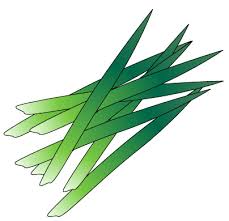
さて、菖蒲湯に入りたくても、菖蒲が見当たらない、というあなた、菖蒲はお花屋さんやスーパーマーケット、ネットでも売られています!買い求めて菖蒲湯に入ってみるのもいいですね。
結論を言うと、菖蒲湯は江戸時代のアロマ風呂だったんですね~(^.^)
こうした伝統を大切にしたいな、と思いました。
Even if you want to go into the the sweet-flag bath, you can’t find it,the sweet-flag leaves are also sold at flower shops and supermarkets!
It is good to buy it and try it in a hot water.
To put it in a nutshell, you could say that the sweet-flag bath was an aroma bath in the Edo period (^. ^)
I wanted to cherish these traditions.
コメント
この記事へのトラックバックはありません。



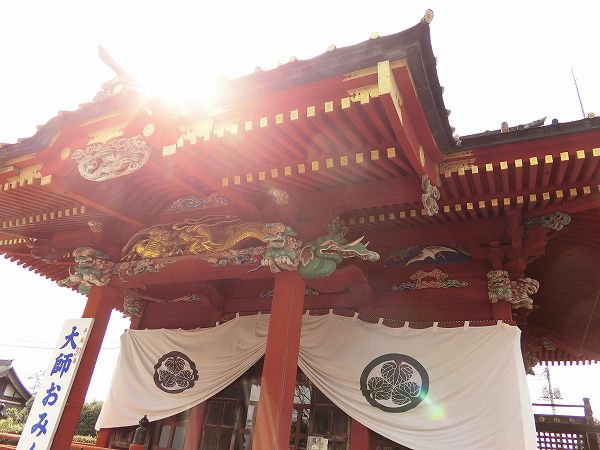
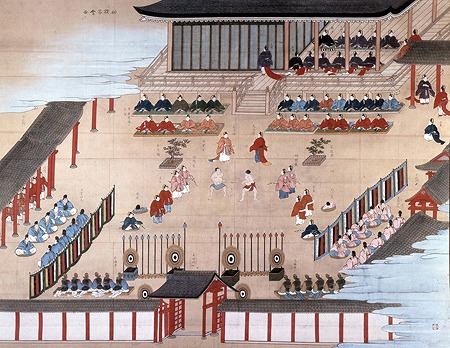
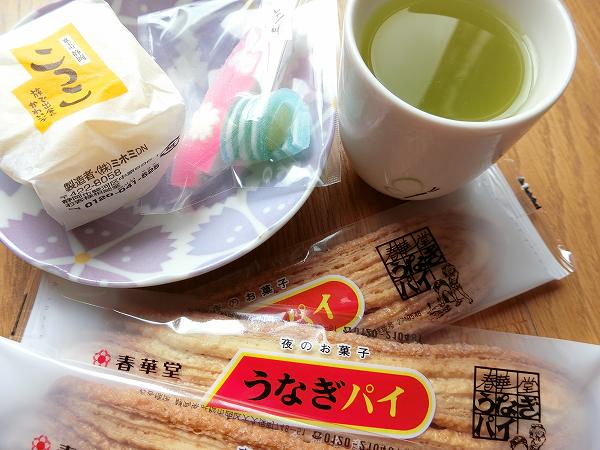
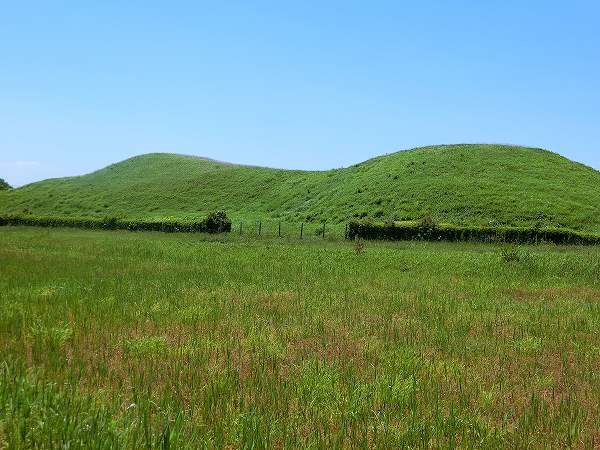








この記事へのコメントはありません。